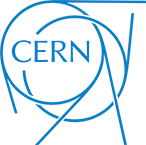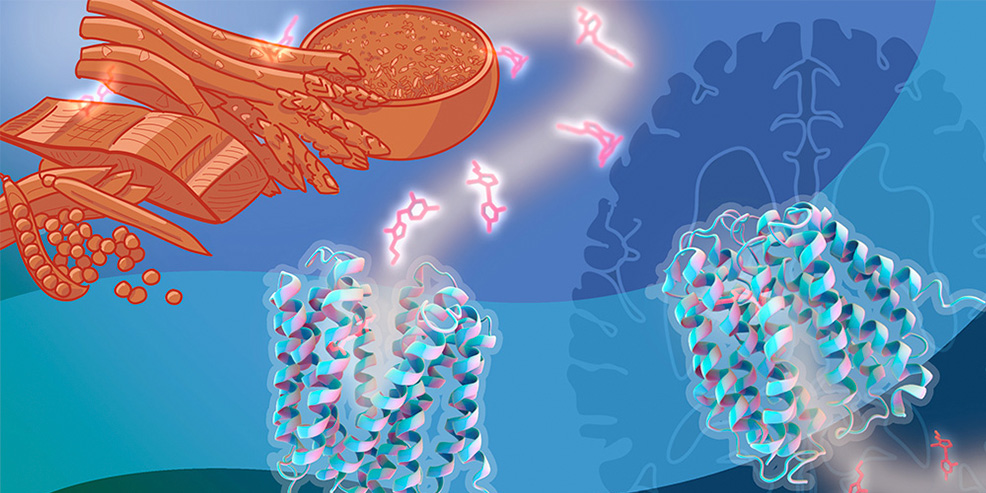Particle detectors like the ones used by physicists at CERN can have wide applications beyond fundamental research. Scientists from the German National Center for Tumor Diseases (NCT), the German Cancer Research Center (DKFZ), and the Heidelberg Ion Beam Therapy Center (HIT) at Heidelberg University Hospital are now testing a new imaging device supplied by the Czech company ADVACAM on its first patients. The device, which includes a small Timepix3 pixel detector developed at CERN, allows head and neck tumours to be closely monitored during ion radiotherapy, making them easier to target and thus helping limit the treatment’s side effects.
“One of the most advanced methods for treating head and neck tumours involves irradiation with ion beams. This has one unique feature: it can be precisely tailored to the depth inside the human head where the particles should have the maximal effect”, explains Mária Martišíková, the head of the DKFZ team.
Yet like other types of irradiation, ion radiation also has a drawback. The particle beams affect not only the tumour but also part of the healthy tissue around it. This is particularly challenging in the brain, where damage to the optic nerve or a patient’s memory are possible. Ideally, the irradiated area around the tumour should be as small as possible, and the dose to the tumour should be as high as possible. However, current technology does not allow for sufficiently precise targeting of the ions.
To complicate matters further, the situation inside a patient’s head can change during therapy. The x-ray computed tomography (CT) scan image taken before treatment is essentially used as a “map” to target the tumour with ion beams. But during therapy, the situation inside the skull may evolve. Until now, physicians lacked a reliable tool to alert them in case of a change in the brain.

About CERN
Founded in 1954, CERN is the European laboratory for particle physics. Sitting astride the Franco-Swiss border near Geneva, it was one of Europe’s first joint ventures and now has 22 member states. CERN operates a unique range of particle accelerators that enable research into the fundamental particles and laws of the Universe, including the Large Hadron Collider (LHC), the largest scientific instrument on Earth. The 60-year history of CERN is marked with impressive achievements in the construction and operation of powerful linear and circular accelerators. Moreover, CERN offers unique infrastructures for the development of the most sensitive particle detectors in the world, including the four main LHC detectors – ATLAS, CMS, ALICE and LHCb. General-purpose test beam lines provide beams of electrons, muons and hadrons in a very wide energy range for testing the detectors used in the LHC and in its major upgrade, the High-Luminosity LHC, as well as in future colliders and in neutrino experiments.
Particle detectors like the ones used by physicists at CERN can have wide applications beyond fundamental research. Scientists from the German National Center for Tumor Diseases (NCT), the German Cancer Research Center (DKFZ), and the Heidelberg Ion Beam Therapy Center (HIT) at Heidelberg University Hospital are now testing a new imaging device supplied by the Czech company ADVACAM on […]



